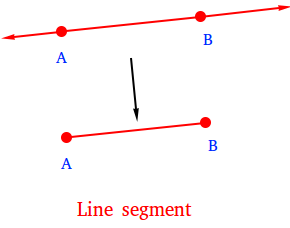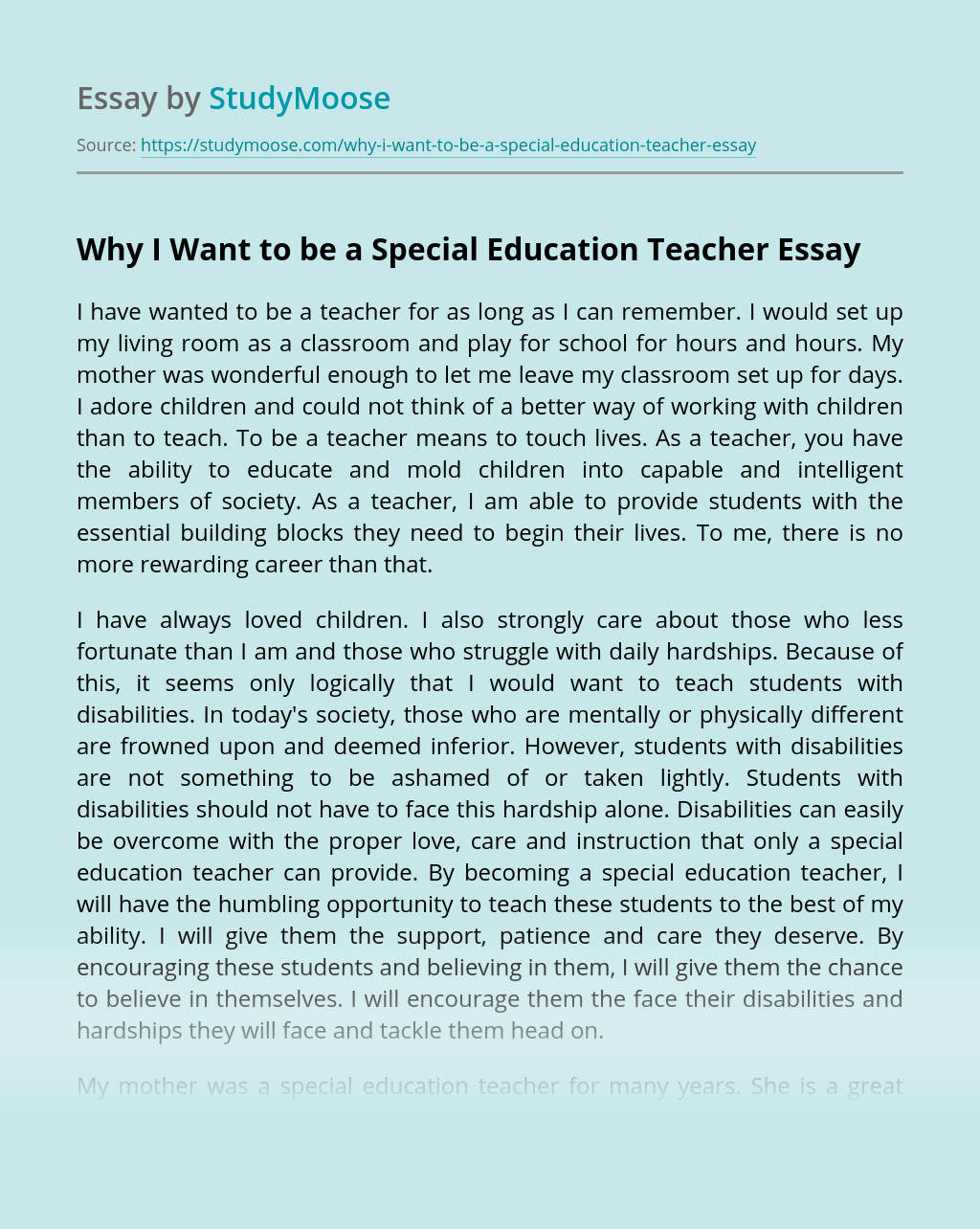
A dataset can be used to assess the education level of a state. This dataset is online and allows users access to various metrics about education in a state. This data can be used to determine the education attainment of non-native and native residents. This information could be helpful in determining how well a state prepares its residents for future job opportunities.
Higher education is available to immigrants than for natives
Most natives have some level of education. However, many immigrants have much lower educational levels. For example, some immigrants may not have any education or have only high school educations. This may be a benefit for some jobs as immigrants might have better manual skills. Immigrants may also have a competitive advantage due to their language skills.

According to a Polish study, immigrants from the former Soviet Union or other Eastern European countries have lower education levels than natives. However, the MENA region's immigrants had the largest educational gaps. They had a gap of more than 2 decades between those who had finished school and those who did not.
In general, immigrants who have received foreign degrees had lower education attainment levels than natives. These immigrants were also less likely complete a bachelor’s degree or more. Also, immigrants from the first generation were less likely to get a college education than their native parents.
They have to compete with foreign workers in order to find jobs
The United States is facing a shortage in skilled workers, especially those with higher education. The demand for skilled labor has increased significantly over the past three decades. However, the supply has not kept the pace. This situation frustrates employers who can offer high wages but are unable to find qualified workers at home. This is why they frequently seek foreign workers to fill the vacancies and lobby for less restrictive immigration policies.
They have lower home ownership rates
In the last decade, 30 percent of homeowners have less than a highschool diploma. This trend is primarily driven by economic factors. The US has seen a rise in inequality and fewer opportunities for good jobs. Furthermore, housing prices are on the rise. Many homeowners, especially those without high school degrees, have been priced out from the housing market. Many were also victims predatory lending.

The relationship between educational attainment and homeownership is getting increasingly important. In 1990, the gap was only 15 percent. It is now at 28 per cent. Homeownership can also be affected by higher incomes. The homeowners of the lowest income brackets are 40% less likely than those of the highest income.
FAQ
How much does homeschooling cost?
There are no set fees for homeschooling. Some families charge between $0-$20 per lesson. Some families offer services for free.
However, homeschooling does require dedication and commitment. Parents must have enough time to devote to their children.
They must also have access to books, supplies, and other learning tools. To supplement their education, homeschoolers may need to use community programs and events.
Parents should think about transportation costs, tutors, and other activities.
Homeschoolers must also plan ahead to take part in field trips, vacations, or special occasions.
To become an early-childhood educator, do you need to go to college?
It is not possible, however, to better prepare yourself for your future career in this field, it might be worth looking into college.
It is important to remember that it is not easy to become a teacher. Every year, many people are rejected. A lot of people leave college after just one semester.
On top of all this, you still have to meet strict qualifications to become a teacher.
What is homeschooling and how does it work?
Homeschooling allows children to be educated at their own home by their parents. It can also be called homeschooling, self-education and private education.
Families who wish to homeschool their children are well served by this option. This method allows children to receive a quality education from home.
They educate their children right from birth through high school. They decide on the subjects they want to study and how much time each subject should take. Everything is learned by the student on their own.
When to start teaching children is up to the parents. Schools recommend that children begin classes between the ages of four and twelve. Some families wait until their children reach kindergarten to start teaching them.
There are many resources parents can use to help them navigate the curriculum. Videos, books, websites, magazines, and even magazines can provide valuable lessons.
Many families find that homeschooling is a good fit for their hectic schedules. Children can be spent more time at home than in traditional public schools.
What are some ways you can get scholarships?
To help pay college expenses, scholarships are grants. There are many kinds of scholarships. These include:
-
Federal Grants
-
State Grants
-
Student Loans
-
Work Study Programmes
-
Financial Aid
Federal grants are made directly by the U.S. government. Most federal grants require applicants to meet certain requirements. You must, for example, demonstrate financial need.
State grants are offered by individual states. Some states offer state grants based only on financial need. Other states award money for specific reasons.
Student loans are issued by banks and other lending institutions. Students are often able to borrow money for expenses such as tuition or living expenses.
Work-study programs are designed to encourage employers to hire qualified students. Employers must pay at least the minimum wage to their employees.
Financial aid covers the majority or all of the tuition costs for low-income families.
What is the purpose of schooling or education?
Education should prepare students for work. It is not just an academic pursuit but also a social activity where children learn from each other and gain confidence by participating in activities such as sports, music, and art. Education is about helping students think critically and creatively to become self-reliant and autonomous. What does it entail to have high educational standards?
High educational standards ensure that every pupil achieves their potential. They set clear goals that teachers and pupils work towards. Schools can adapt to changing educational needs if they have good educational standards. A fair and equitable educational system must ensure that all children have equal chances of success no matter their background.
Statistics
- They are more likely to graduate high school (25%) and finish college (116%). (habitatbroward.org)
- These institutions can vary according to different contexts.[83] (en.wikipedia.org)
- In most developed countries, a high proportion of the population (up to 50%) now enters higher education at some time in their lives. (en.wikipedia.org)
- Think of the rhetorical power of nineteenth-century abolitionist Harriet Beecher Stowe, Martin Luther King, Jr., or Occupy Wall Street activists with their rallying cry of “we are the 99 percent.” (bostonreview.net)
- They are also 25% more likely to graduate from high school and have higher math and reading scores, with fewer behavioral problems,” according to research at the University of Tennessee. (habitatbroward.org)
External Links
How To
what is vocational education?
Vocational education prepares students for the workforce after high school. Students are trained in specific skills to be able to do a particular job such as welding. Vocational Education also offers apprenticeship programs that provide on-the-job training. Vocational education stands out from general education. This is because it focuses less on general knowledge and more on developing skills for specific occupations. Vocational training is not designed to prepare individuals for university but rather to assist them in finding jobs upon graduation.
Vocational education may be provided at all levels of schooling, including primary schools, secondary schools, colleges, universities, technical institutes, trade schools, community colleges, junior colleges, and four-year institutions. You can also find specialized schools such a culinary arts school, nursing school, law school, medical schools or dental schools. Many of these offer both academic instruction, and practical experience.
A number of countries have made significant investments in vocational education over recent decades; for example, Australia, Denmark, Finland, Germany, Ireland, Japan, Luxembourg, New Zealand, Norway, Poland, Sweden, Switzerland, the United Kingdom, and the United States. It is still controversial whether vocational education is effective. Some critics believe it doesn't help students get hired, while others claim that it helps prepare them for life after high school.
According to the U.S. Bureau of Labor Statistics (47% of American adults are currently holding a postsecondary certificate/degree related to their current job), this figure is higher among those with more education. This number is higher for those with higher education. 71% of 25-29-year-olds have a bachelor's or higher degree and are employed in areas that require postsecondary credentials.
The BLS reported that almost half the adult population of the country had at least one form of postsecondary credential as of 2012. Around one-third of Americans hold a two or four-year associate degree. One fifth of Americans had a masters degree or doctorate.
The median annual wage of a bachelor's degree holder was $50,900 in 2013, compared with $23,800 for someone without one. The median income for those with advanced degrees was $81,300.
For those who did no high school, the median salary was only $15,000. A person with a lower high school diploma earned $13,000 annually.